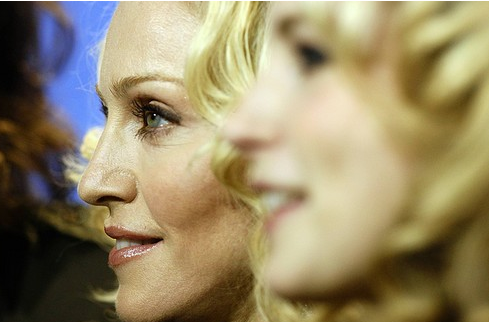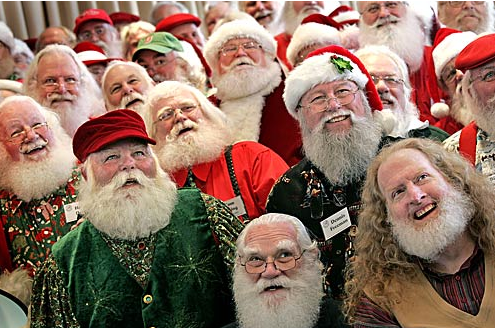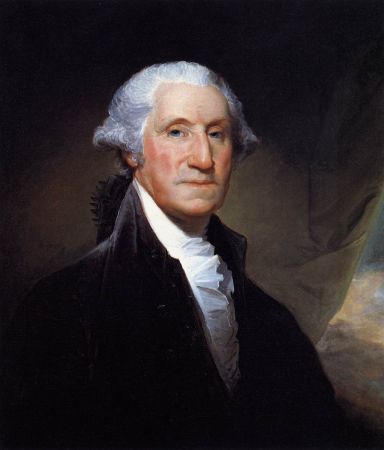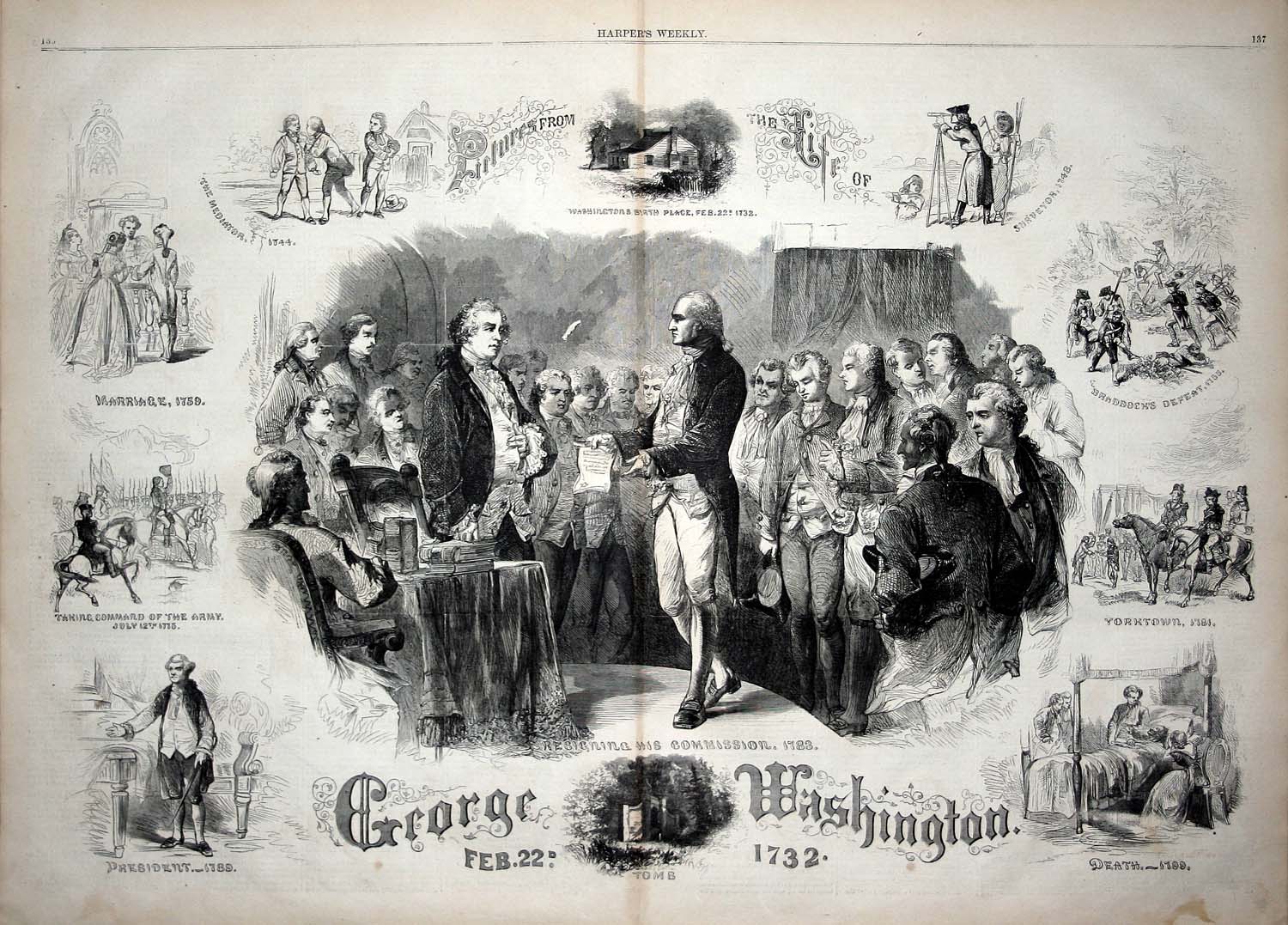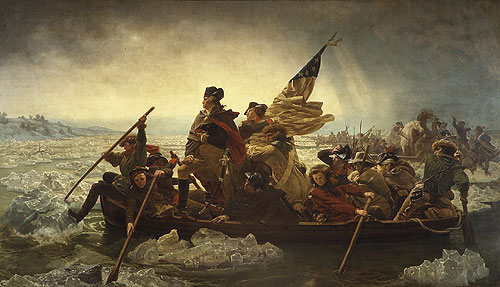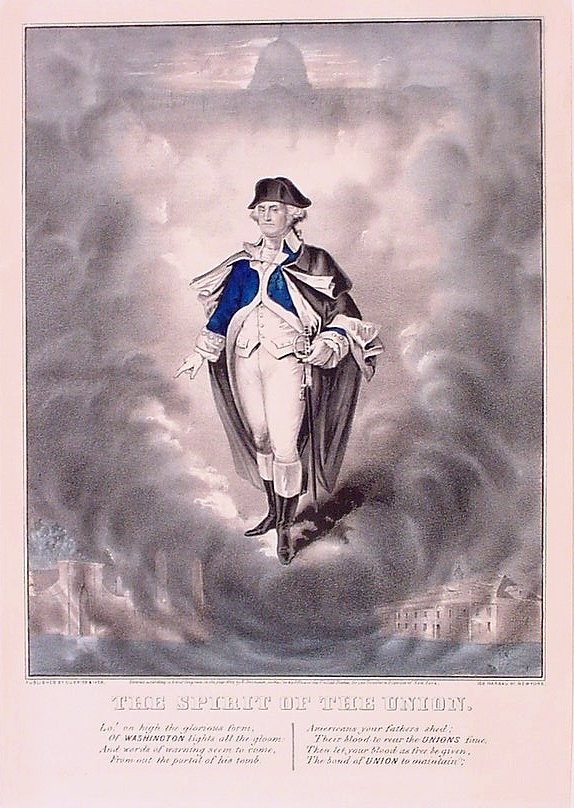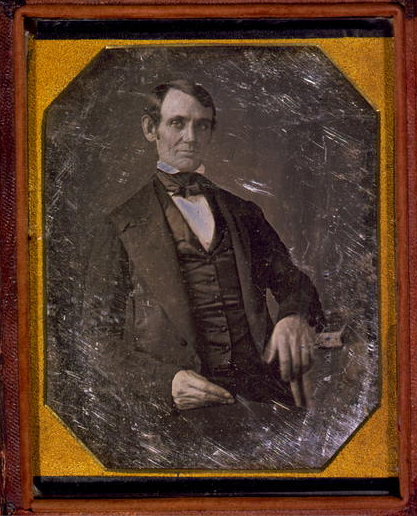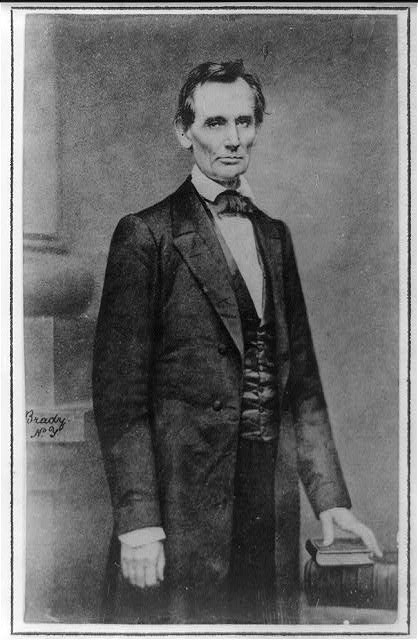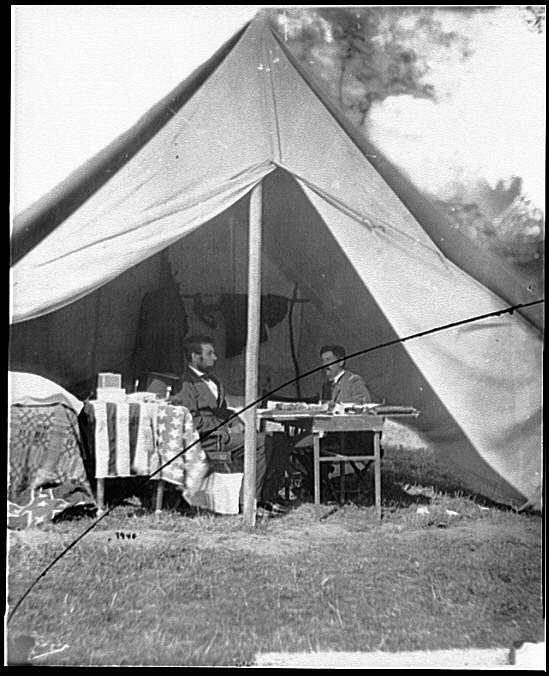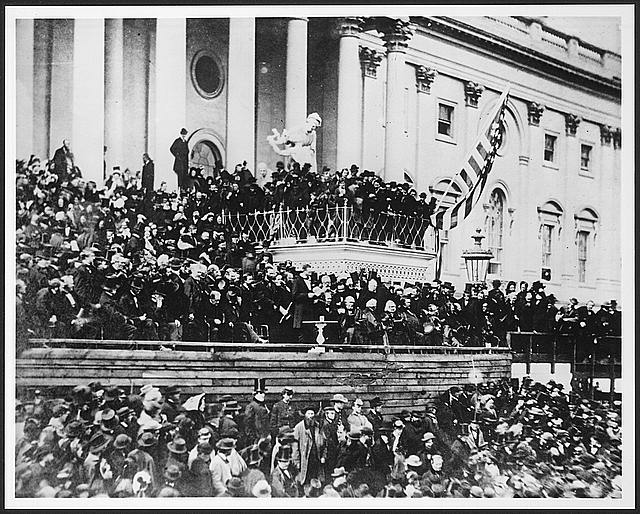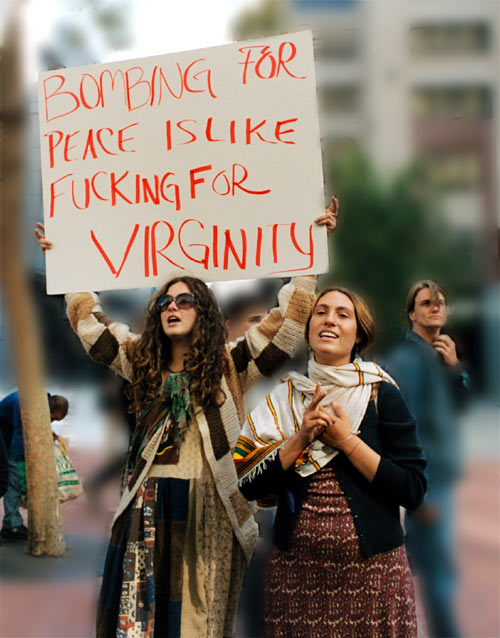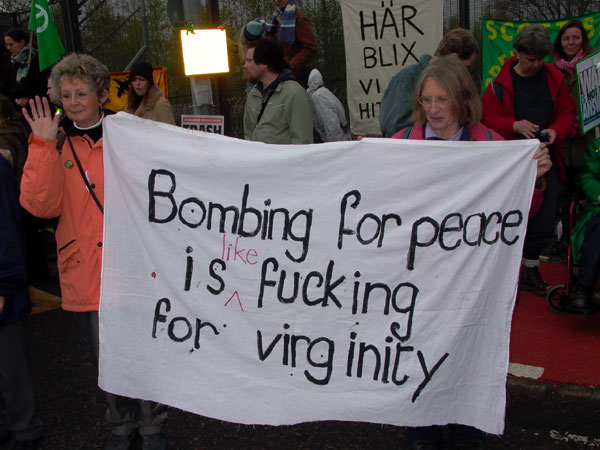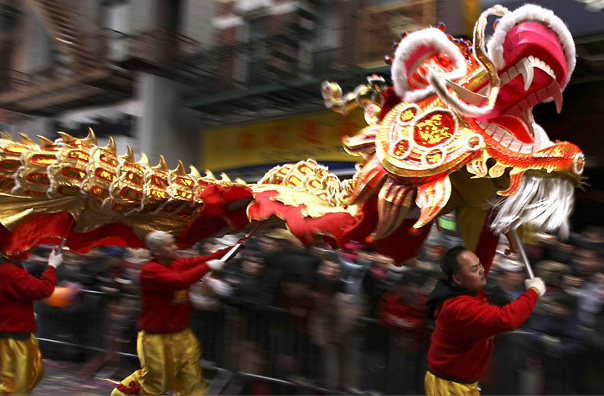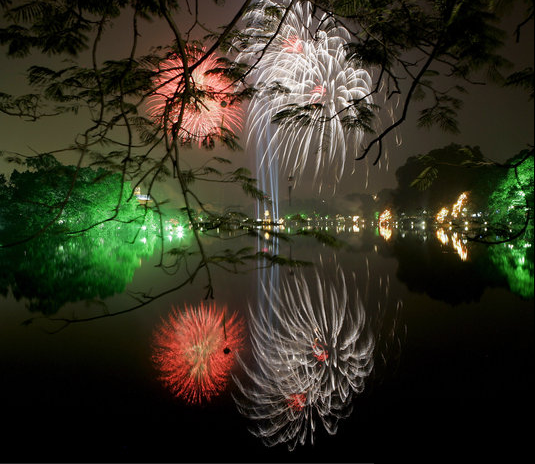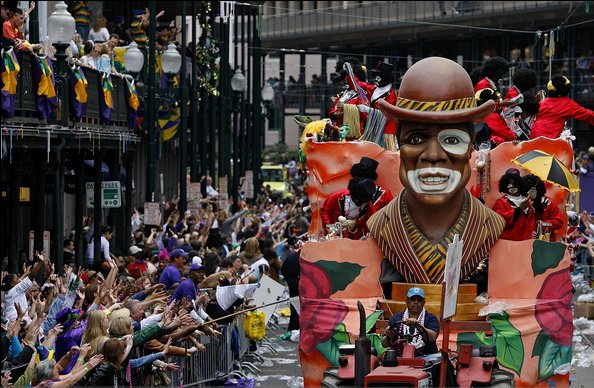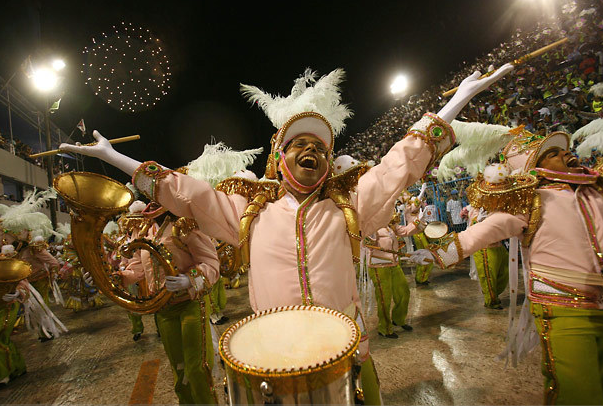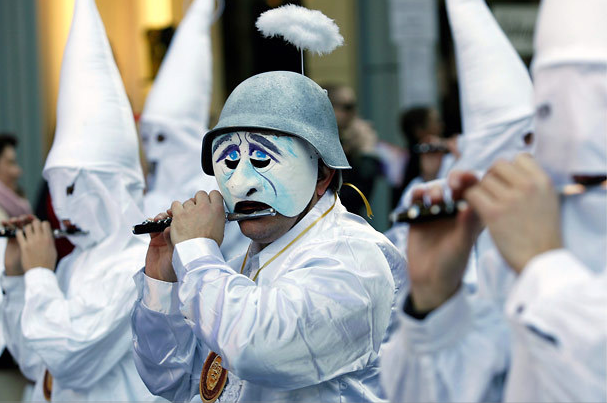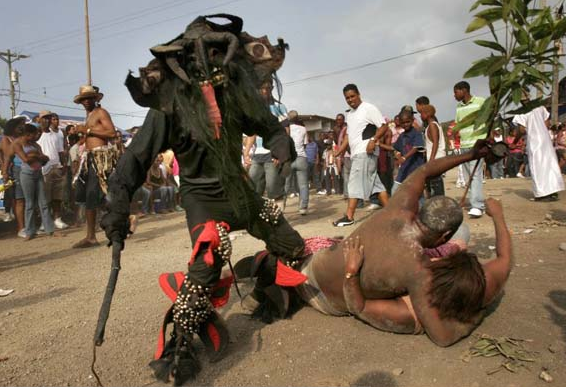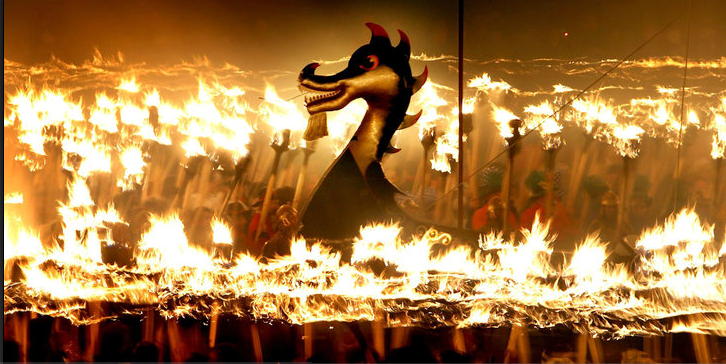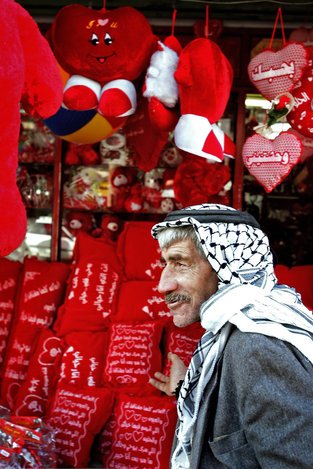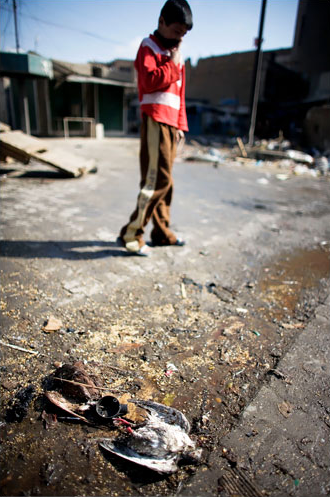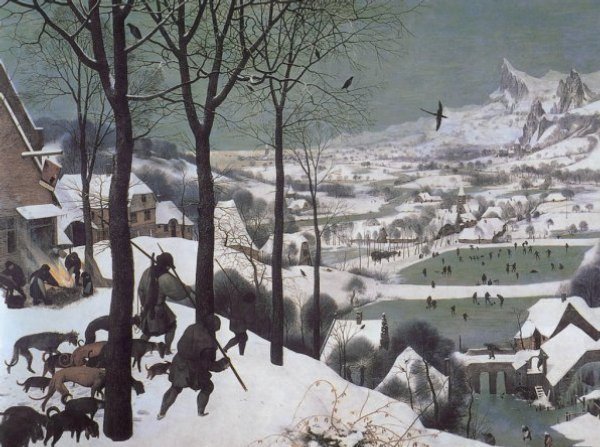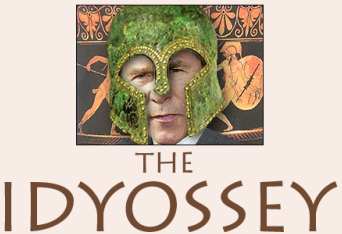Question: is an icon one or many? On the one hand, an icon is supposed to be unique, representing the singular achievement, the ne plus ultra of a field of human endeavor. Michael Jordan is an icon, not Scottie Pippen or many other top-tier players. Babe Ruth, not Hank Aaron or Sammy Steroid. Einstein and Picasso, not Bohr and Braque. The Mona Lisa, not . . . Well, that gets to the other hand, which is that the icon is iconic because it is widely distributed, something that may have become distinctive through constant reproduction regardless of individual merit. Thus, the icon appears to be both singular and the latest iteration of a series, both unique and the characteristic instance of a type. Nobody understands this better than Madonna:
Here she is posing with actress Holly Weston at a publicity shoot for their movie “Filth and Wisdom.” The combination of title and double image invites snide remarks, but that’s taking the cheap bait. I like the photo because of how it captures Madonna’s genius for making herself heir to all the blondes produced by the Hollywood dream factory. We have realized since Warhol’s Marilyn series that the blonde du jour is performing a type, but Madonna makes that a virtue rather than a dirty little secret.
This photograph captures the visual iteration beautifully. Madonna is in focus and set forward at the head of a series. The younger woman is somewhat fuzzy, as if still in the process of formation. They seem to be perfectly sequenced in space and time, the one rightly receiving the spotlight that eventually will be on her successor. Above all, each is one of a series that can extend indefinitely–and will, as all that is required is processes of reproduction that obviously are well in place. Image, publicity, bone structure are all a sure thing. The “mechanical reproduction” of the camera replicates the culture machine and genetic mechanism alike.
According to Walter Benjamin, mechanical reproduction destroyed the “aura” of the individual work of art as well as its relationship to tradition. Absent this anchoring in “ritual,” artistic production becomes politicized. For all his brilliance, Benjamin’s observations can get in the way of understanding how culture depends on constant iteration of visual forms. To see this, one might shift from fine art to vernacular practices and pagan rituals, like this one:
You are looking at a photo from this year’s annual convention of the Amalgamated Order of Real Bearded Santas. If there is a rival organization of Fake Bearded Santas, I haven’t heard of it. This group meets every year in Southern California, which no doubt it just the place for letting your hair down after the Christmas rush.
I get a kick out of this image for several reasons. Their easy association with ritual is mirrored in their behavior for the camera, where they all lean together and smile on cue for the group snapshot. The photographer may have asked for a big “Ho Ho,” but they probably smile easily. We also can smile at the few outliers in the group: the Lord of the Rings afficiando in the front right, and the wary ball cap guy in the left rear. The real comic effect, however, comes from the photo being a study in duplication. Santa Claus should be a single, iconic figure, and he is–but only because there are Santa Clones in every department store in the country.
And so we get to the dog show. To get some distance from Benjamin’s anxiety about the mass media, we might consider how it is that humans are continually reproducing images of visual iteration. Like this:
These are Old English Sheepdogs lined up for judging at the Westminster Dog Show. I won’t doubt that each of these dogs are individuals, but the photograph highlights their species identity and regimented styling. The most distinctive Old English Sheepdog will be the perfect iteration of the type, which stands behind that dog in a long series issuing from the twined processes of nature and culture.
Despite the attempt by these photographs to put a good face and good vibe on cloning, I’ll bet that the anxiety about mechanical reproduction remains. Celebrity culture, vernacular culture, subculture, all are exercises in the reproduction of the same. Cloning isn’t something that emerges unbidden from modern technology, but rather one more instantiation of something humans do all the time. If you don’t like it, there still is reason to blame the camera, which is both an apparatus of reproduction and a means for naturalizing cloning. But I wouldn’t, for these images and others offer more than apparatus and ideology. They are how we see ourselves as we are, seriatim.
Photographs by Markus Schreiber/Associated Press, Karen Tapia Andersen/Los Angeles Times, and Timothy A. Clary/Agence France-Presse/Getty Images.
